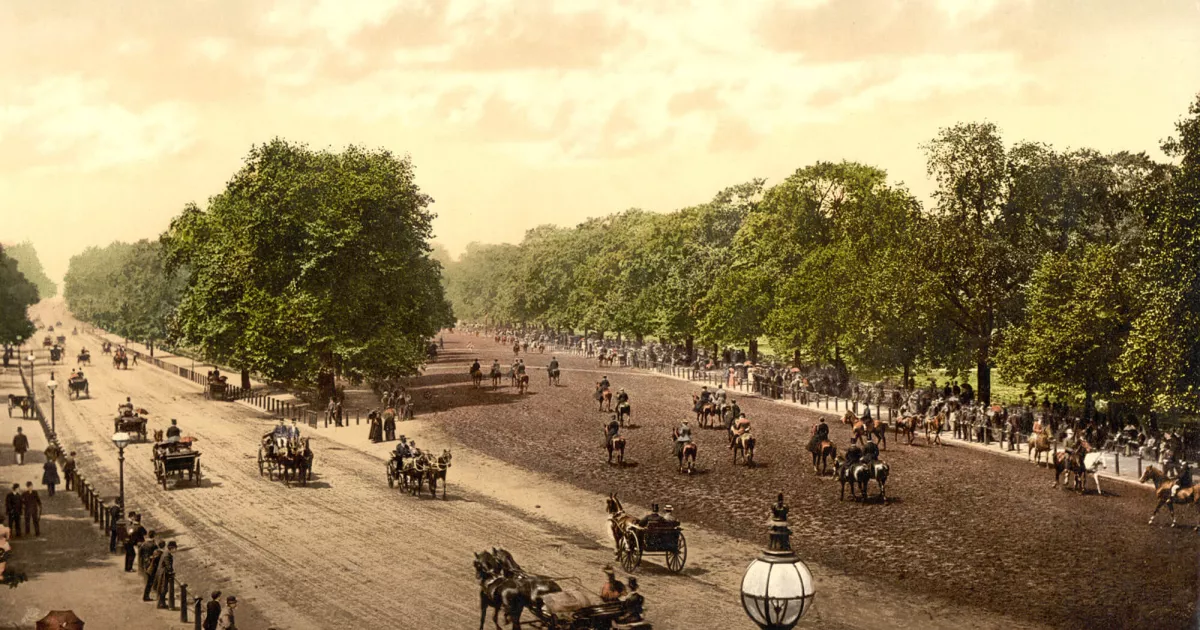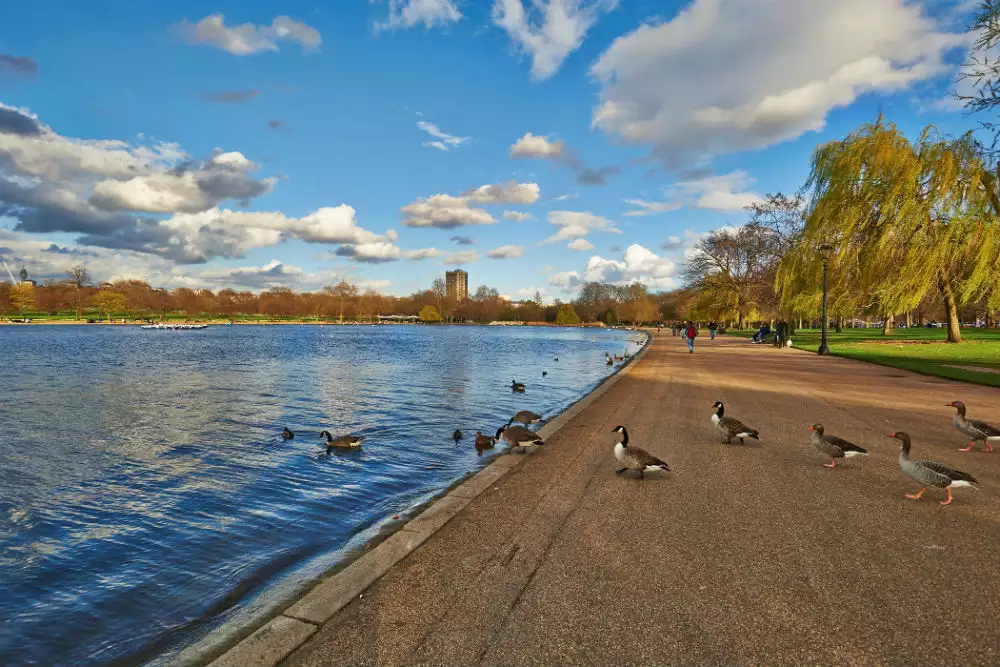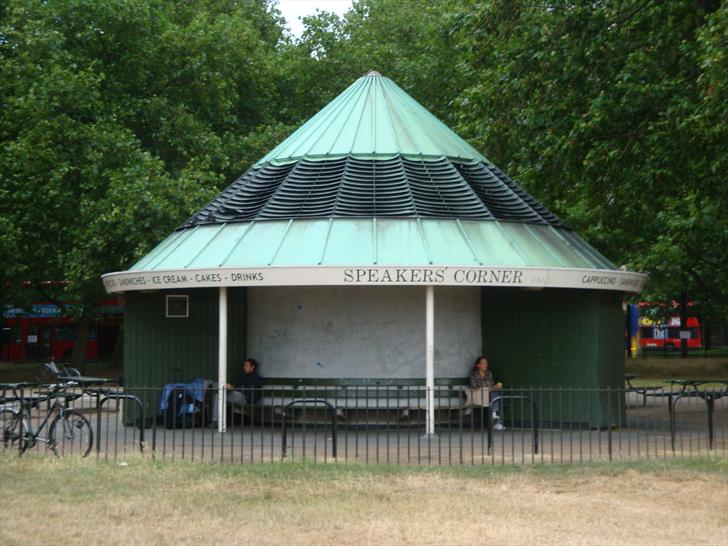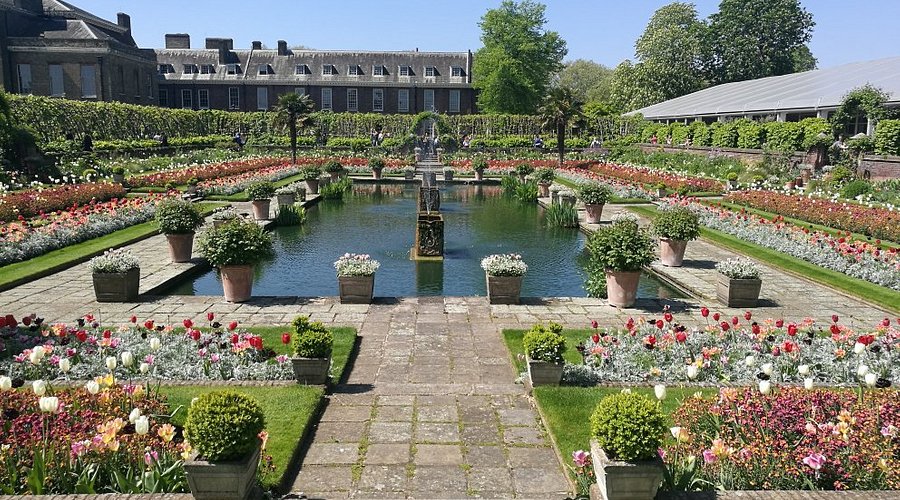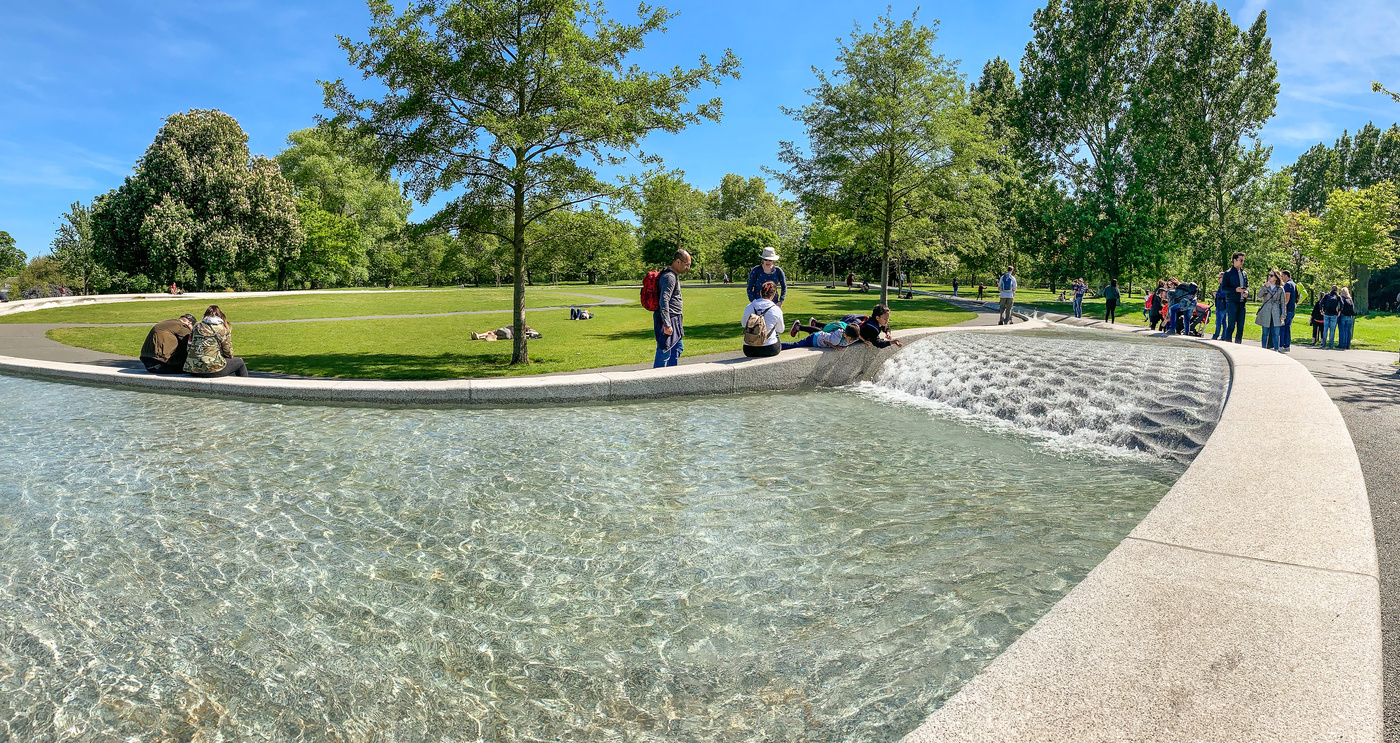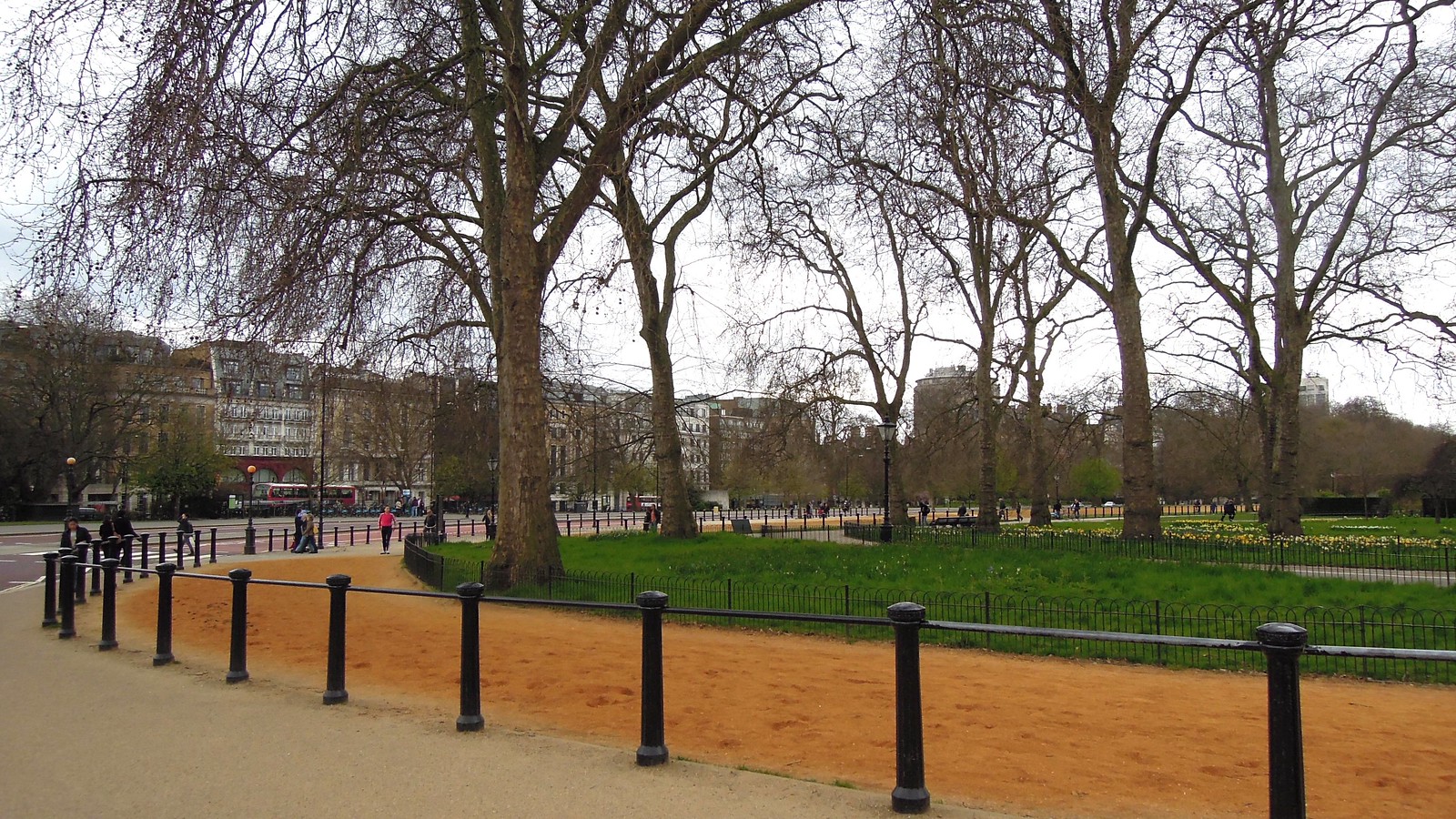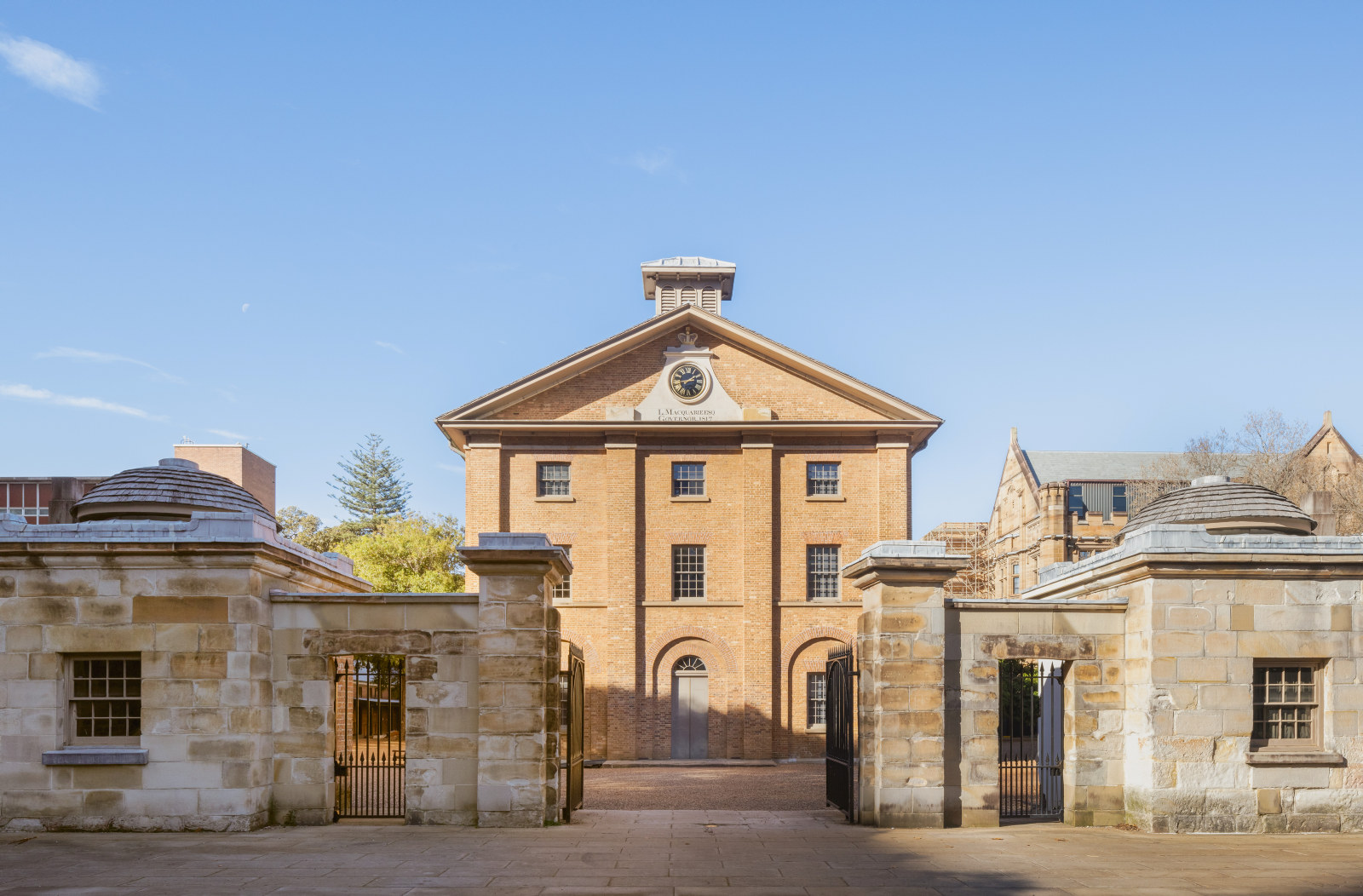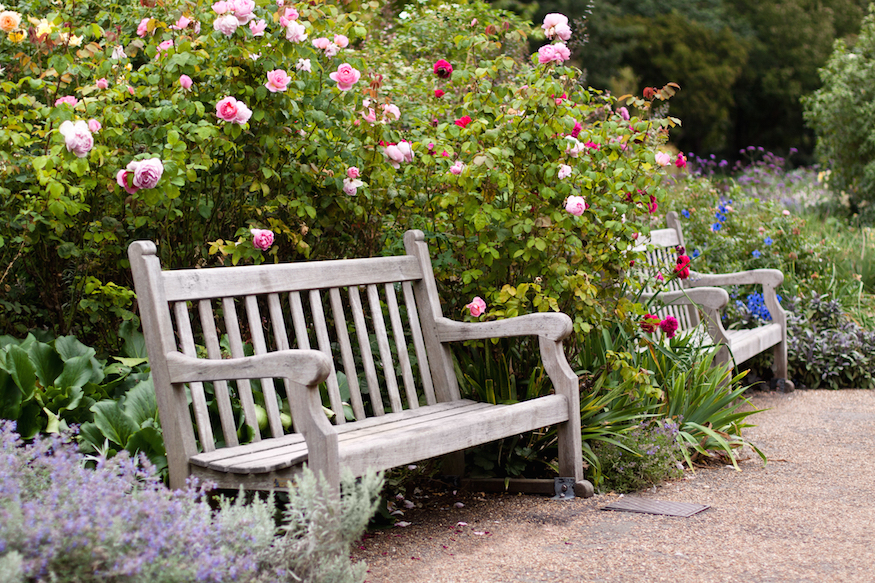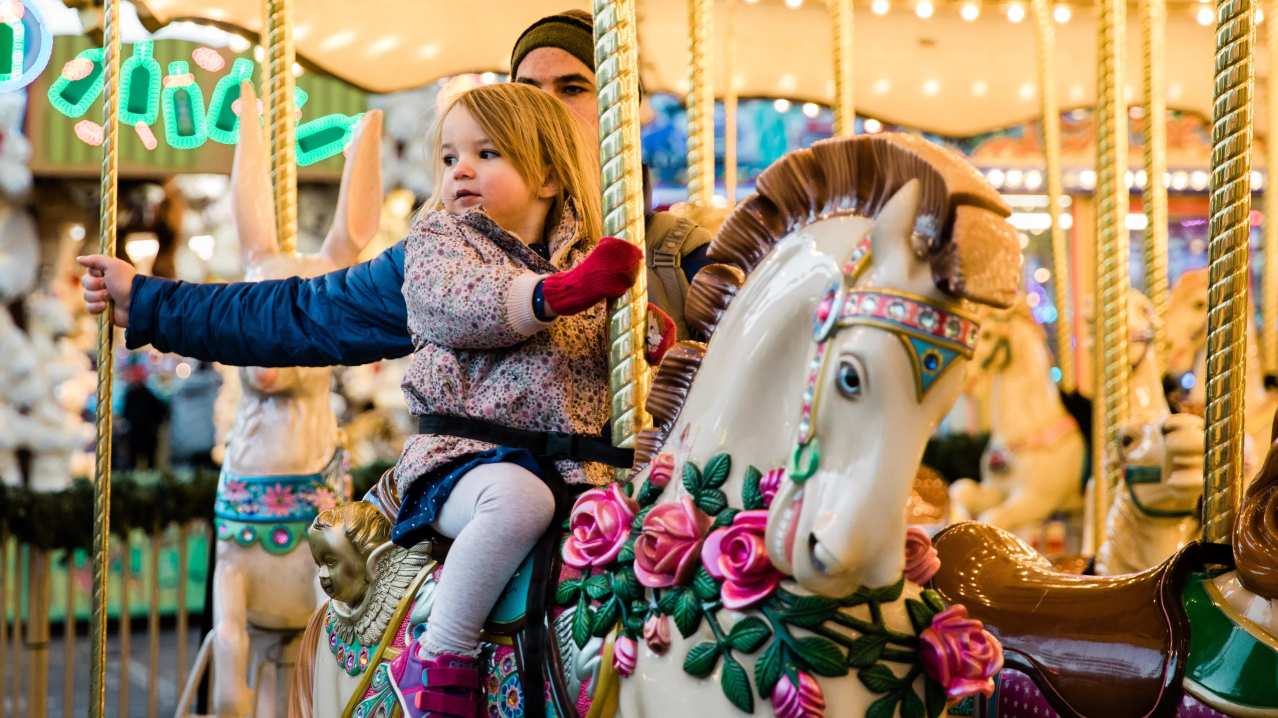Hyde Park - A Slice Of Nature In The Heart Of London
Experience the beauty of Hyde Park, one of London’s most treasured landmarks, known for its scenic views and cultural significance.
Mar 23, 2025538 Shares134.4K Views
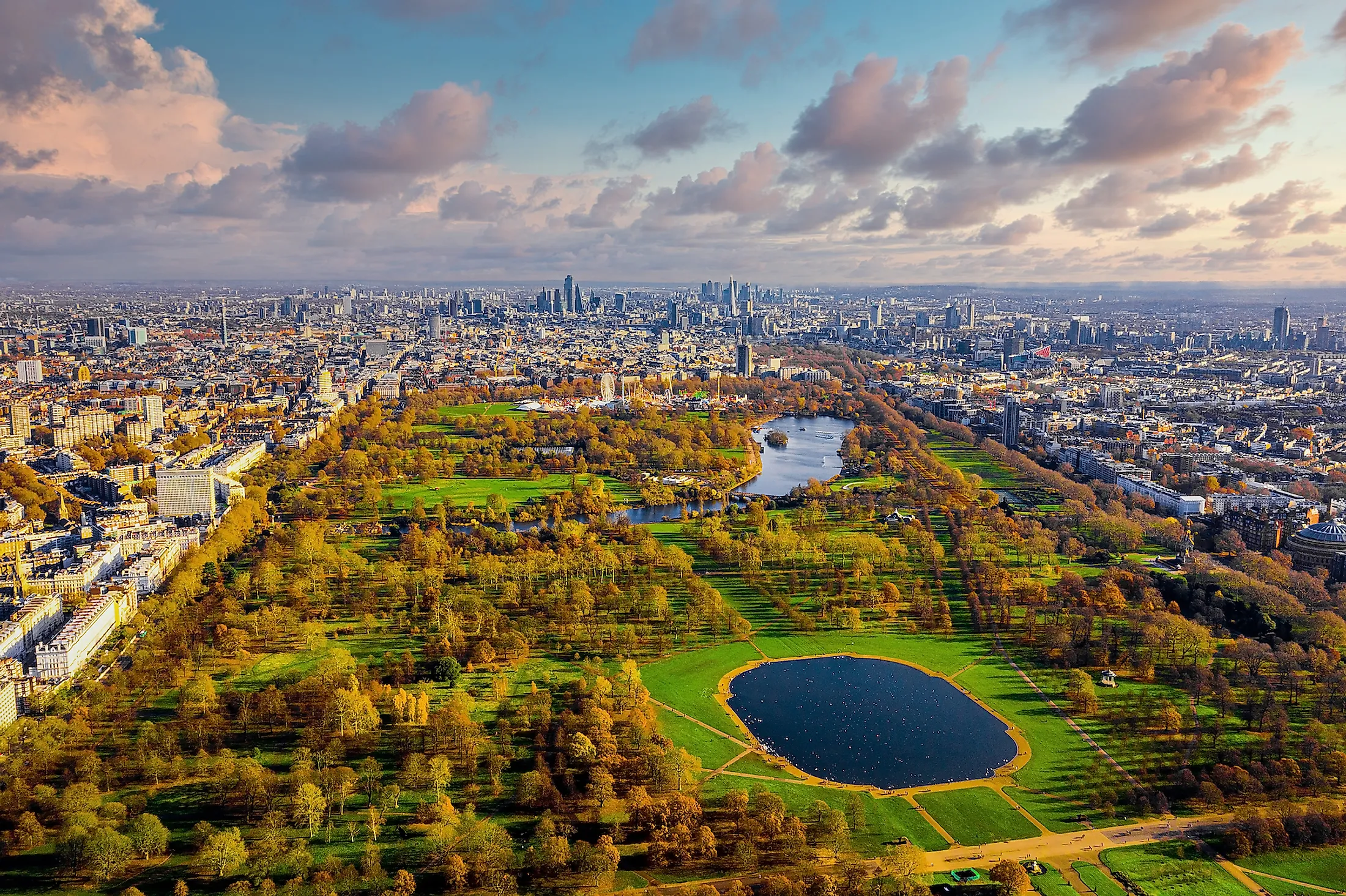
Hyde Parkis one of London's most famous and treasured green parks, providing a calm respite from the city's busy streets. It spans 350 acres and combines history, culture, and environment, attracting both tourists and locals. From tranquil lakes to historical landmarks, the park offers a plethora of activities and gorgeous spots to discover.
Hyde Park has something for everyone if you want to relax with a picnic, go for a morning jog, or learn about London's history. This article will teach you all you need to know about visiting, including must-see attractions, activities, dining alternatives, and time management recommendations.
A Royal History
Hyde Park's story is intertwined with the history of London itself. Originally part of the vast lands owned by Westminster Abbey, the area was seized by King Henry VIII in 1536. Driven by his passion for hunting, he transformed it into a private hunting ground, a royal playground for centuries to come. Imagine knights on horseback chasing deer through the very grounds where families now picnic.
Over time, the park gradually transitioned from private royal domain to public space. In the 17th and 18th centuries, it became a popular spot for promenading and social gatherings, though still under royal ownership. The public gained increasing access, and in 1851, Hyde Park hosted the Great Exhibition, forever changing its character and cementing its place as a central London landmark. This monumental event showcased the wonders of the industrial age and drew millions of visitors from around the world.
Location And Accessibility
Situated in central London, Hyde Park is bordered by Kensington Gardens to the west, Mayfair to the east, and Knightsbridge to the south. As one of the best parks in London, it offers a vast green space for relaxation, outdoor activities, and cultural events. The park is easily accessible via multiple London Underground stations, including:
- Hyde Park Corner (Piccadilly Line)
- Marble Arch (Central Line)
- Lancaster Gate (Central Line)
- Knightsbridge (Piccadilly Line)
Top Attractions And Things To See Within Hyde Park
1. The Serpentine Lake
This iconic lake, dividing Hyde Park from Kensington Gardens, is a defining feature. Created in the 18th century by damming the River Westbourne, the Serpentine offers boating and swimming opportunities; a relaxing paddleboat ride is a quintessential Hyde Park experience. The surrounding area provides scenic walking paths, and the Serpentine Gallery hosts contemporary art exhibitions, seamlessly blending nature with culture.
2. Speakers' Corner
Located in the northeastern corner of Hyde Park, Speakers' Corner has a long tradition as a place for public debate and free speech. Since the mid-19th century, people have gathered here to voice their opinions, discuss politics, religion, and any topic that ignites their passion. It's a fascinating glimpse into the city's vibrant and sometimes eccentric character.
3. Kensington Palace
While technically located within Kensington Gardens, Kensington Palace is closely linked to Hyde Park. This historic royal residence, home to the Duke and Duchess of Cambridge, offers a glimpse into royal life and is a popular attraction in its own right. Its presence adds a touch of regal elegance to the park's atmosphere.
4. Diana Memorial Fountain
A touching tribute to the late Princess Diana, this unique fountain invites visitors to walk through its gently flowing water. Its design symbolizes Diana's life, with the water representing her spirit, flowing and ever-changing. It's a place for reflection and remembrance, a quiet space within the bustling park.
5. Rotten Row
This historic track, once a fashionable spot for horse riding, still serves as a bridle path today. It evokes images of elegant riders cantering through the park, a link to Hyde Park's aristocratic past. You might even catch a glimpse of the Household Cavalry practicing here.
6. Hyde Park Barracks
Home to the Household Cavalry, these historic barracks add a sense of pageantry to the park. The sight of the mounted guards in their distinctive uniforms is a quintessential London experience, a reminder of the city's rich military history.
7. Rose Garden
A fragrant oasis within the park, the Rose Garden is a feast for the senses. Bursting with color and intoxicating scents, it's a perfect spot for a leisurely stroll or a quiet moment of reflection. The meticulously cultivated roses provide a stunning display, a testament to the park's horticultural heritage.
8. Winter Wonderland (Seasonal Event)
During the winter months, Hyde Park transforms into a festive wonderland, featuring:
- Ice skating rinks
- Christmas markets
- Amusement rides
- Live entertainment
Winter Wonderland is a popular attraction, drawing visitors from around the world for holiday celebrations.
Activities And Experiences In Hyde Park
1. Boating And Swimming In The Serpentine
Take to the water and rent a rowboat or pedal boat for a leisurely cruise on the Serpentine. For the more adventurous, swimming in the Serpentine Lido provides a refreshing dip during the warmer months, a uniquely London experience.
2. Walking, Jogging, And Cycling Trails
Hyde Park boasts numerous paths and trails, perfect for walking, jogging, or cycling. Enjoy a scenic stroll amidst the greenery, or get your heart pumping with a brisk run or bike ride. These trails provide a welcome escape from the city's hustle and bustle.
3. Horse Riding Along Rotten Row
Experience the park's equestrian heritage with a horse ride along Rotten Row. Several stables offer guided rides, allowing you to explore the park from a unique perspective, as the aristocracy once did.
4. Picnics And Relaxation
Hyde Park is the perfect place for a picnic. Find a shady spot under a tree, spread out a blanket, and enjoy a meal with friends or family. The park's tranquil atmosphere provides a welcome respite from the city's energy. As the sun sets, it also becomes a peaceful spot for stargazing in London, offering a rare chance to enjoy the night sky away from the city's brightest lights.
5. Seasonal Events And Festivals
Throughout the year, Hyde Park hosts a variety of events and festivals. From summer concerts to winter wonderlands, there's always something happening in the park. Check the park's website for upcoming events during your visit.
6. Wildlife Spotting
Even in the heart of London, Hyde Park provides a haven for wildlife. Keep an eye out for various bird species, squirrels scampering through the trees, and other urban wildlife. It's a reminder of the natural world's resilience, even in the midst of a metropolis.
Hyde Park For Families And Kids
Child-Friendly Attractions
One of the most popular family-friendly spots is the Diana Memorial Playground, located in nearby Kensington Gardens. Inspired by Peter Pan, this magical play area features a large wooden pirate ship, teepees, and interactive play structures, providing a fun and imaginative space for children to enjoy. The playground is designed to encourage creative play while offering a safe and engaging environment for kids of all ages.
Events And Activities For Kids
Hyde Park frequently hosts seasonal family events that provide entertainment and educational experiences for children. Throughout the year, the park organizes storytelling sessions, guided nature walks, and interactive workshops focused on wildlife and conservation. These activities are designed to engage young minds while fostering an appreciation for nature and outdoor exploration.
During the winter months, Hyde Park becomes home to Winter Wonderland, a festive attraction that features ice skating, fairground rides, and Christmas-themed entertainment. This event offers a magical holiday experience for families, complete with Santa’s Grotto, circus performances, and a variety of festive treats.
Dining And Refreshments Nearby
Cafés And Restaurants Inside Hyde Park
- The Serpentine Bar & Kitchen:Overlooks the lake, serving British dishes and fresh pastries.
- The Italian Gardens Café:Offers coffee, sandwiches, and light bites in a scenic setting.
Dining Options Near Hyde Park
- The Rosebery at Mandarin Oriental:Perfect for afternoon tea.
- Hard Rock Café London:A great choice for American-style dining.
- The Grenadier:A historic pub with traditional British cuisine.
Practical Visitor Information
Opening Hours
Hyde Park is open to visitors every day from 5 AM to midnight, making it one of the most accessible green spaces in London. If you prefer an early-morning jog or a peaceful evening stroll, the park remains open for extended hours, allowing visitors to experience its beauty at different times of the day.
The serene atmosphere of the early morning offers a refreshing escape, while the evening provides a quieter, more intimate setting, perfect for unwinding after a long day.
Entrance Fees
Entry to Hyde Park is completely free, making it a popular destination for both locals and tourists seeking a budget-friendly outdoor experience in London. While access to the park itself does not require any payment, certain attractions and activities within the park may involve separate charges.
Boat rentals on the Serpentine, horse riding experiences, and guided tours typically come with a fee. Additionally, seasonal events such as Winter Wonderland have their own pricing for rides, attractions, and entertainment. Visitors should check in advance if they plan to participate in any specific activities.
Best Time To Visit
The ideal time to visit Hyde Park largely depends on personal preferences and the type of experience you seek.
1. Spring And Summer (April - September)
Between April and September, the park is at its most lively, with rich green landscapes, blossoming flowers, and pleasant temperatures. This time is ideal for outdoor activities like boating on the Serpentine, picnicking on the open lawns, and touring the wonderfully kept gardens. The lengthy daylight hours make it an ideal time for photography and leisurely stroll.
2. Autumn (October - November)
During October and November, Hyde Park transforms into a lovely autumn scene, with golden and red foliage producing a stunning visual spectacle. The fresh air and quieter ambiance make it excellent for nature enthusiasts and those who prefer the park's solitude without the summer hordes.
3. Winter (December - February)
From December to February, the park takes on a completely different character as it hosts the famous Winter Wonderland. This holiday attraction attracts visitors from all over the world with its ice skating, Christmas markets, amusement rides, and live entertainment.
FAQs
Why Is The Hyde Park So Famous?
The 1800s saw Hyde Park cement its reputation as a venue for national celebrations. In 1814, the Prince Regent organised fireworks to mark the end of the Napoleonic Wars and then, in 1851, the park hosted The Great Exhibition.
What Is There To See At Hyde Park?
Hyde Park encompasses 350 acres of green space including 400 trees and a large lake. Start your trail of the park’s landmarks with the Diana Memorial Fountain, a tranquil monument built to honour the late Princess of Wales made from 545 pieces of Cornish granite.
How Long Does It Take To Go Around Hyde Park?
Hyde Park covers 350 acres, that's a lot to walk around on foot! Depending on which part of the park you want to prioritise visiting, it’s best to allow two to three hours for your visit. Consider stopping for lunch at one of the park’s cafes or bring your own picnic to enjoy in a sunny spot.
Is Hyde Park Safe At Night?
Hyde Park is generally safe, but it’s best to stick to well-lit paths if visiting after dark.
Who Owns Hyde Park In London?
The parks are owned by the Crown with their responsibility resting with the Secretary of State for Digital, Culture, Media and Sport. The Royal Parks charity manages the parks on behalf of the Government. Royal Parks is a public corporation of the Department for Culture, Media and Sport.
Final Words
Hyde Park is more than just a park; it’s a historic, cultural, and recreational hub in the heart of London. If you’re looking for a peaceful escape, a place to exercise, or an opportunity to enjoy London’s history and events, Hyde Park has it all.
With its stunning landscapes, famous landmarks, and endless activities, a visit to Hyde Park is an essential part of any London itinerary.
Latest Articles
Popular Articles
